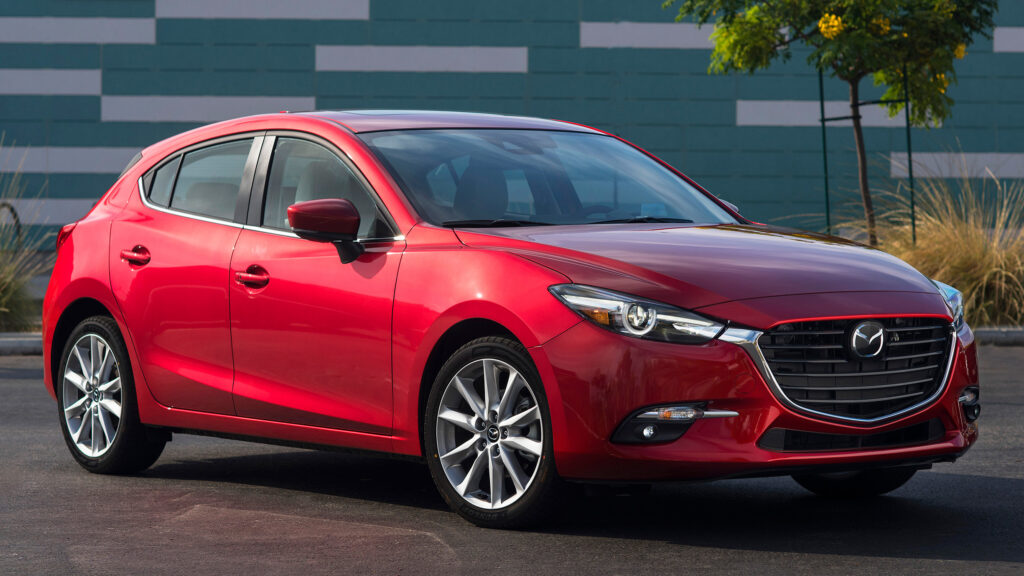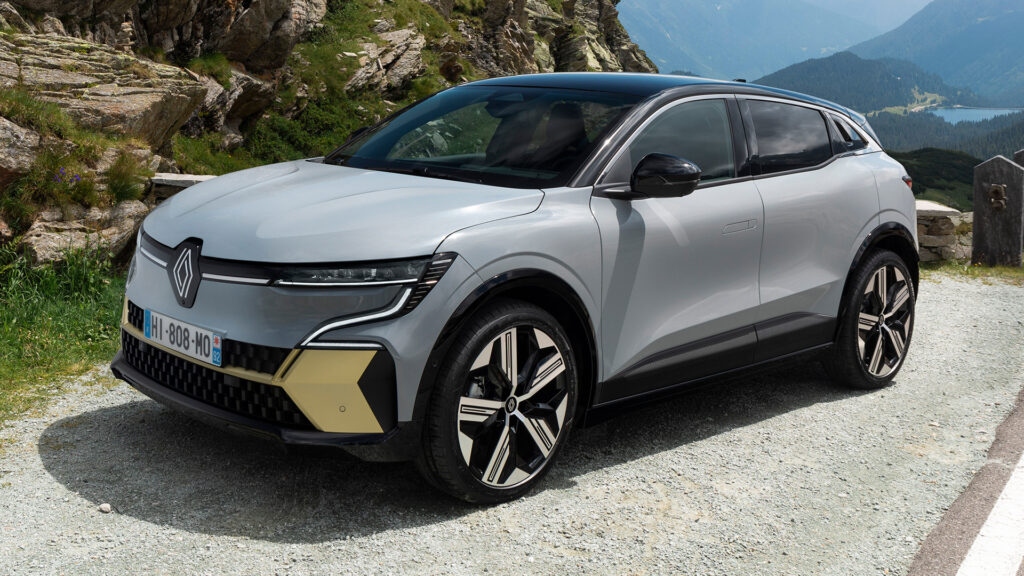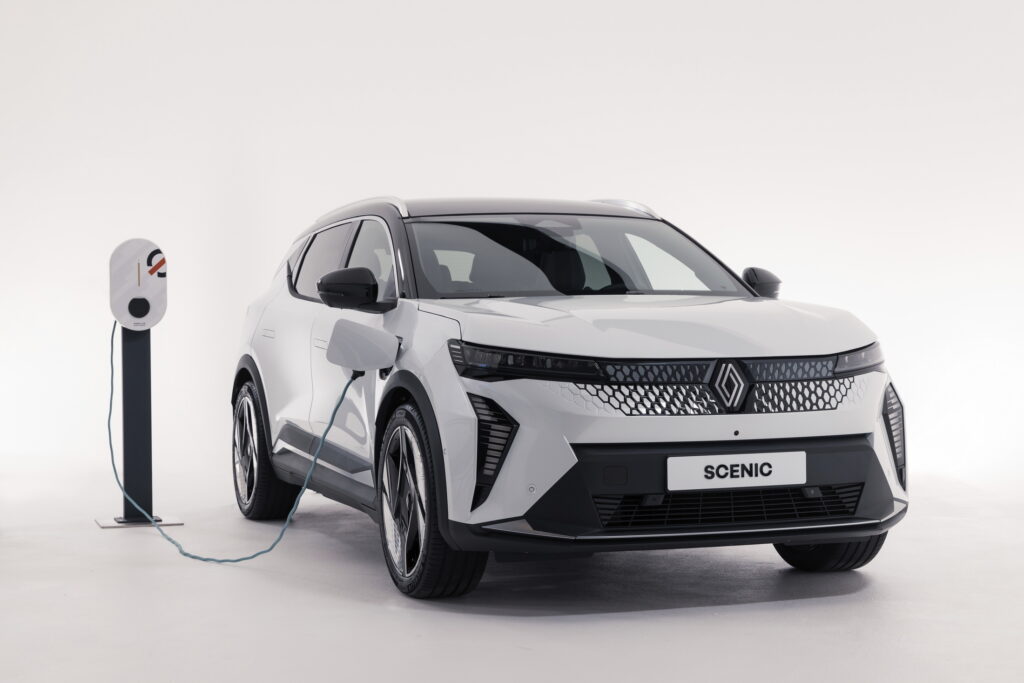New i3 And 3-Series Reveal BMW’s Most Striking Split Yet
- Redesigned BMW 3-Series and i3 sedans were spied undergoing tests.
- Each model rides on a unique platform, featuring unique, but similar styling.
- The i3 50 xDrive could have 463 hp and an EPA range of around 400 miles.
BMW is working on 40 new or updated models and that includes the redesigned 3-Series and 3-Series EV, known as the i3. Both were recently spied undergoing testing and they sport some notable differences.
While both cars have a Neue Klasse front end, the gas-powered model has a prominent lower intake that appears to have an active shutter grille. The lower bumper on the i3 is covered by camouflaged mesh, but it should feature a similar setup.
More: BMW’s New i3 Sedan Is Coming For Tesla’s Blood
More notable differences are revealed in the comparison images as we can see the two models have different rooflines. The i3’s is relatively flat, while the 3-Series has a subtle slope.
We can also see slightly different greenhouses with diverging rear door designs. The ICE-powered model has a nearly vertical partition, while the EV has a more angular design with a triangular base. Furthermore, both cars have unique rear quarter glass.
Baldauf
Even something as mundane as the location of the charging/fuel door is different. On the 3-Series, it’s located towards the front of the rear fender and sits slightly above the top of the rear taillights. This contrasts with the i3, which has a charging port that is located lower and towards the middle of the panel.
All of this suggests a lot of manufacturing complexity and few shared components – at least on the outside. Speaking of which, spy photographers did get a glimpse of the cabin and it shows a freestanding display and a new steering wheel.
The rest of the interior is covered by black cloth, but one of the images clearly shows a pillar-to-pillar Panoramic iDrive display at the base of the windshield.

Powertrain details remain scarce, but the i3 should follow in the footsteps of the iX3. The crossover is being launched in 50 xDrive guise, which features a dual-motor all-wheel drive system producing a combined output of 463 hp (345 kW / 469 PS) and 476 lb-ft (645 Nm) of torque.
This enables the model to accelerate from 0-62 mph (0-100 km/h) in 4.9 seconds, before hitting a top speed of 130 mph (210 km/h).
The motors are powered by a 108.7 kWh lithium-ion battery pack, which provides a WLTP range of up to 500 miles (805 km). The impressive numbers extend to the 400 kW DC fast charging capability, which enables the battery to go from a 10-80% charge in as little as 21 minutes.
Baldauf
BMW has already confirmed further electric variants will follow including an entry-level model with rear-wheel drive. It’s likely that a number of these powertrains will be shared with the i3.
The 3-Series will be more evolutionary as it will ride on an updated version of the CLAR platform. However, previous reports have suggested we can expect an updated engine lineup including a new M350 with over 400 hp (298 kW / 406 PS).


























